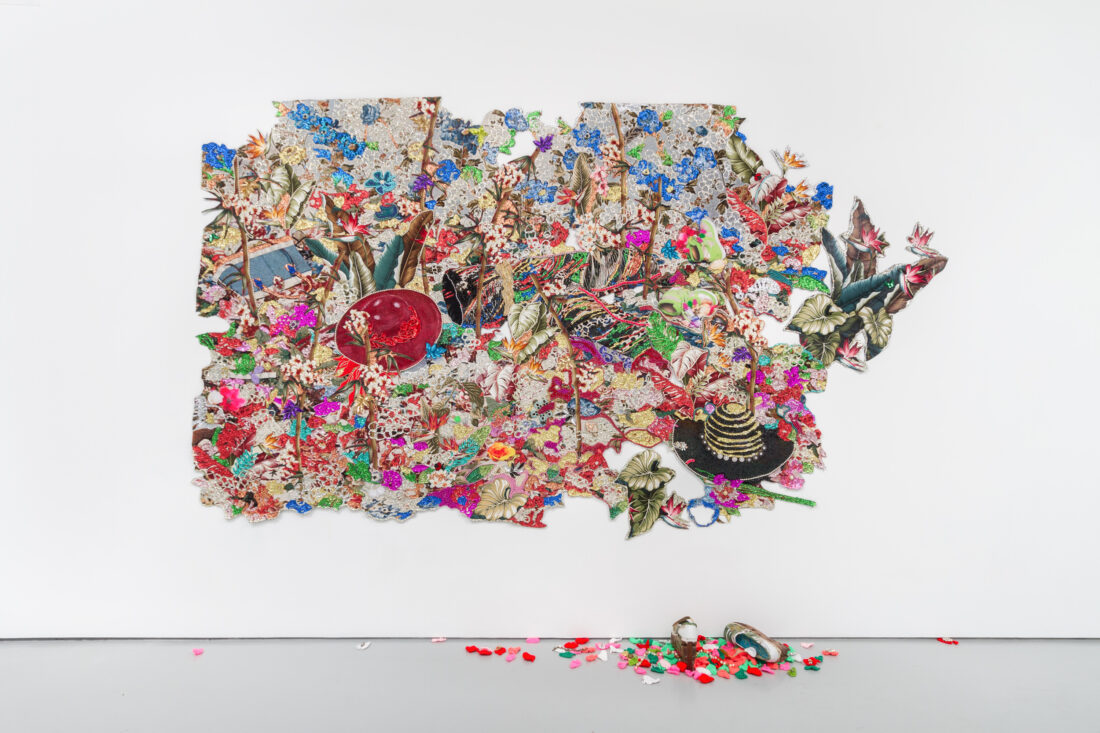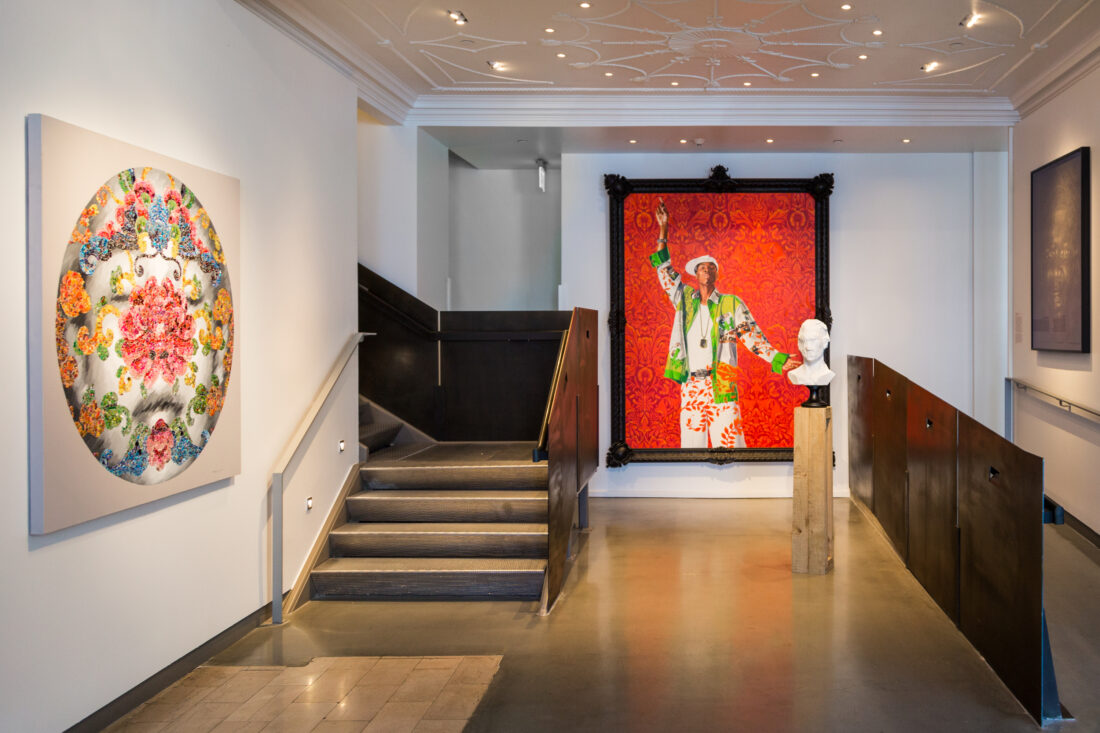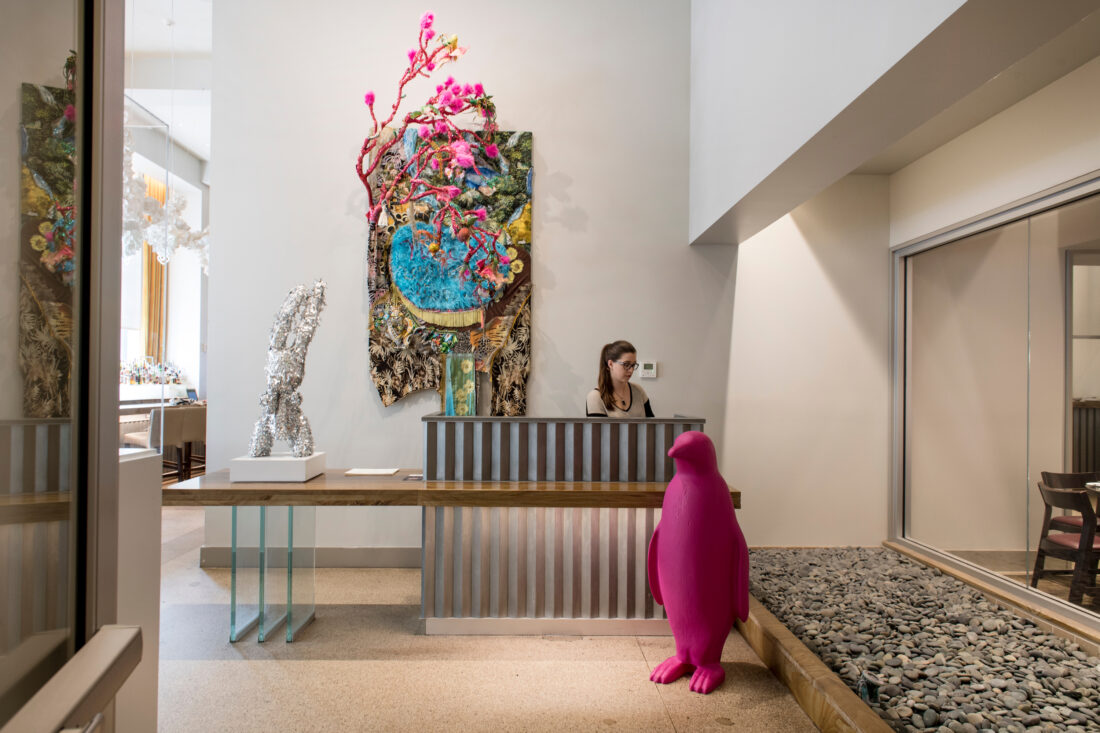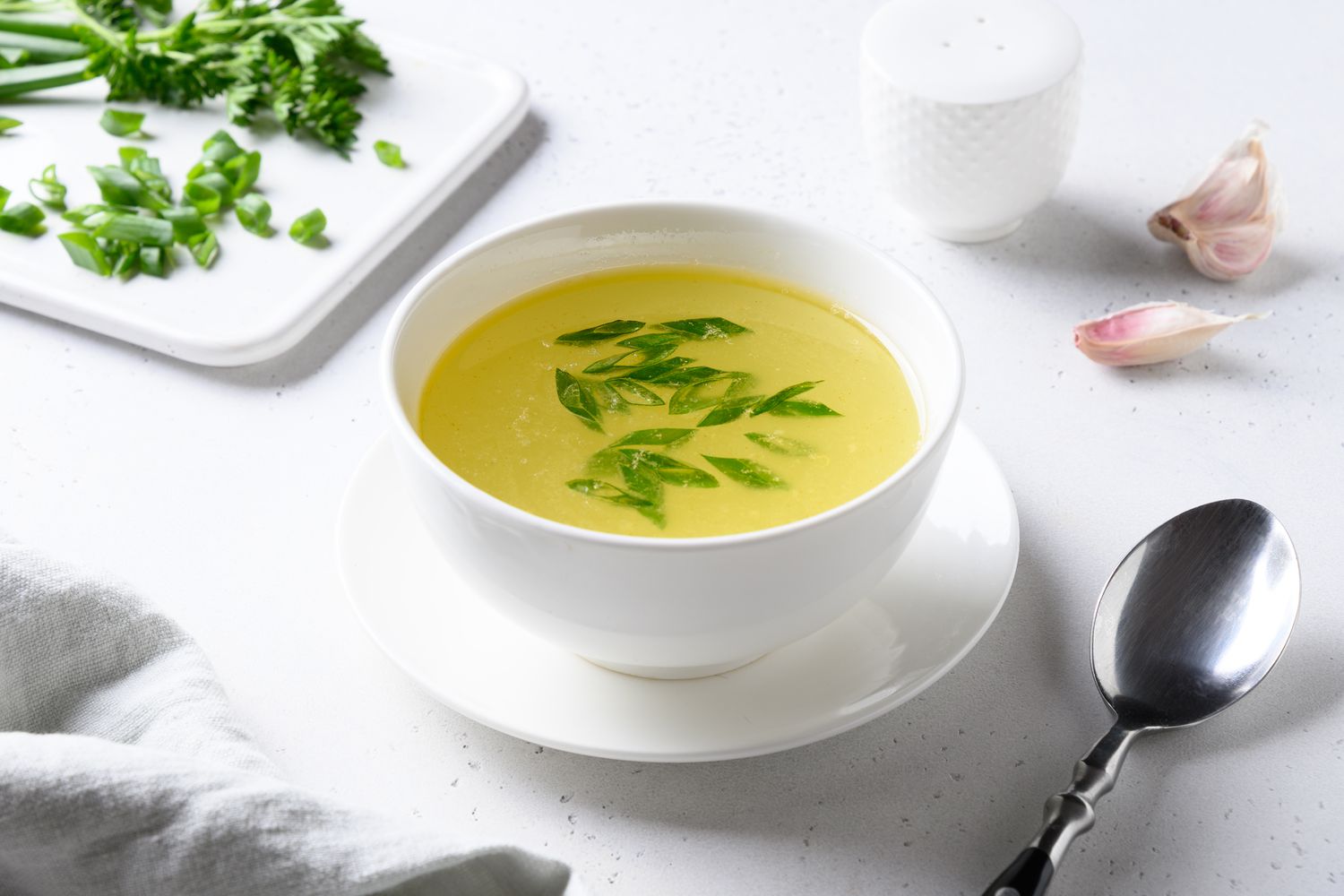
How to Curate and Care for Art at Home, According to the Experts at 21c
At first glance, the average home art collector has little in common with the seventeen-person, full-time museum staff that faithfully maintains 21c Museum Hotels’ 5,500-piece collection of contemporary art from around the world. But as Patrick Weber, the Louisville-based hospitality brand’s director of operations, points out, scope and scale don’t define substance—what matters is how a collection shapes the experience of those who live with it.
“A thoughtful art collection creates meaning and connection, no matter its size,” Weber says. “Whether it fosters inspiration and well-being or engages with contemporary issues like social justice or emerging technologies—like many pieces in our collection—it’s all meant to be protected, preserved, and presented.”
From the edgy, rotating exhibits at 21c’s seven properties across the South and Midwest to a home treasury of regional photography mixed with nostalgic finger paintings from the kids, living with art is a widespread experience. Whether leaning into contrasts or using a certain facial feature as a guideline for display, 21c’s experts offer pointers on showing off and caring for a home collection, with a little help from real works from the South’s dynamic art scene.
“Reflections,” a fabric and thread mixed-media work by Chris Roberts-Antieau.
Artwork is often hung too high or too low—a good rule of thumb is to center pieces at eye level, around sixty inches from the floor. Even so, larger works may need to align with architectural features or furniture, and smaller pieces can sit slightly higher but should still feel connected to the space. The right tools—hammer, drill, tape measure, and pencil—ensure accurate placement, but a level can be your best friend. —Patrick Weber, director of operations
Thoughtful juxtapositions can bring out the best in each piece. Some works demand bold placement, drawing the eye and sparking conversation, while others invite a quieter connection. For example, the vivid colors and textures of Atlanta-based Fahamu Pecou’s paintings, which merge fine art with hip-hop influences to explore modern Black identity, create a striking focal point, while North Carolina artist Beverly McIver’s figurative work, with its intimate reflections on family and self, offers a quieter counterbalance. Contrasts like these allow for multiple interpretations, enriching the viewer’s experience. —PW

Ebony G. Patterson’s found among the reeds-dead treezs.
All artwork should be displayed away from direct sunlight. Actually, light exposure of any kind should be monitored as works can fade or become discolored. Kentucky artist Gaela Erwin’s works depicting her mother are made with chalk pastels on museum-grade Wallis paper. Due to their delicate nature, these kinds of prints should be framed with UV acrylic and displayed in lower light conditions. Needless to say, taking proper precautions helps ensure any kind of art maintains depth and richness over time. —Casey McKinney, senior art handler

A Kehinde Wiley portrait (center) in the 21c Lexington lobby.
If a work comes with detailed installation instructions, it’s best to call a professional. Some contemporary pieces require expert handling—AV specialists and electricians included—for full impact. Just one example from 21c’s collection: Jamaican artist and former University of Kentucky professor Ebony G. Patterson’s immersive installations, which explore identity and complex social narratives, include such mixed media as tapestry, found objects, and video.—JL
Textile pieces can bring warmth, texture, and sometimes a surprising modernity to a space. For example, New Orleans artist Chris Roberts-Antieau’s intricate fiber works combine layered, stitched, and embellished fabrics that blend traditional quilting techniques with contemporary themes. Keeping uniquely delicate pieces like these in stable humidity (between 40–50 percent) with good airflow ensures they remain vibrant and intact for years to come.—JL

The entrance at the Counting House restaurant at 21c Durham.










